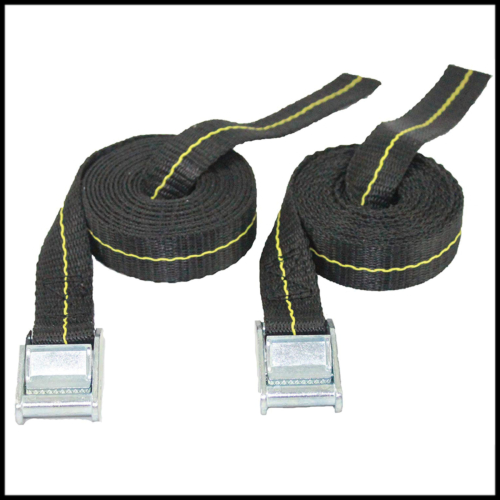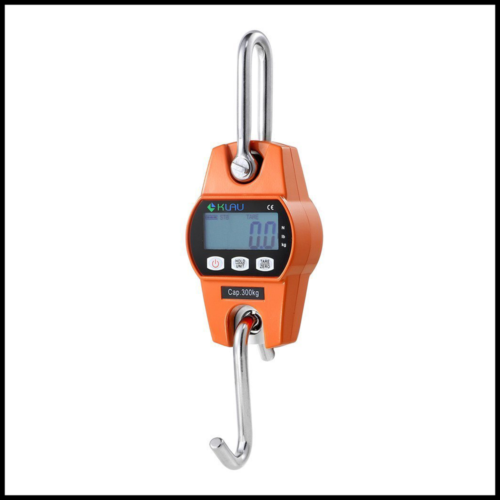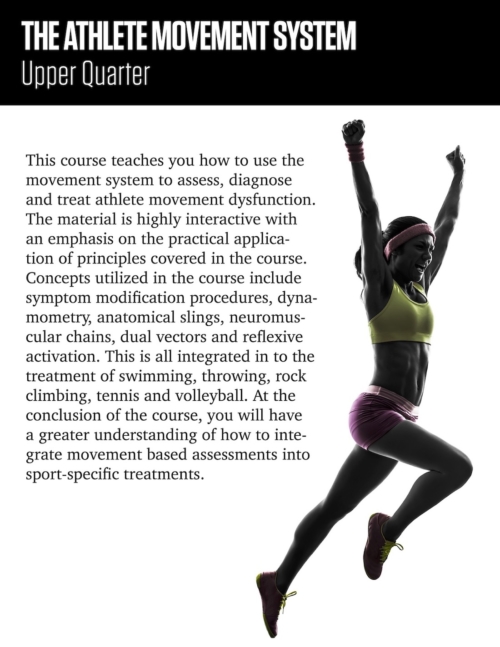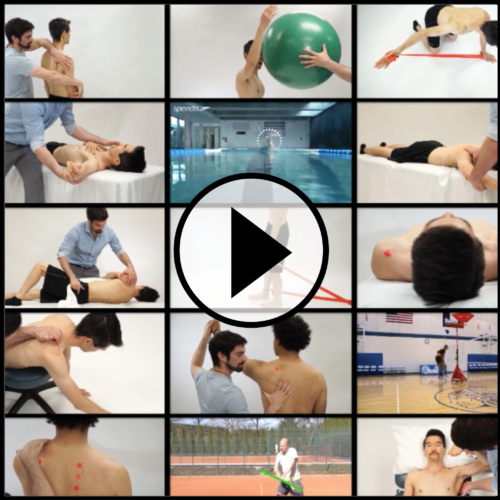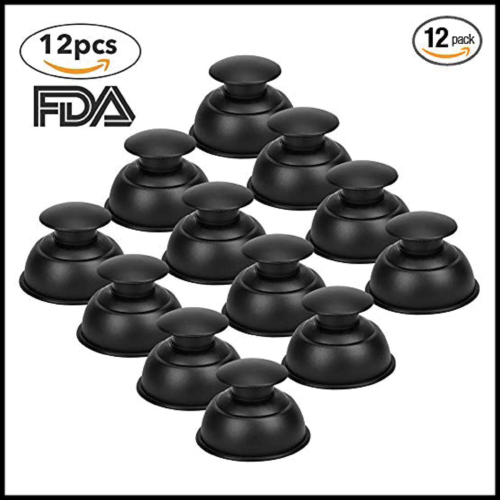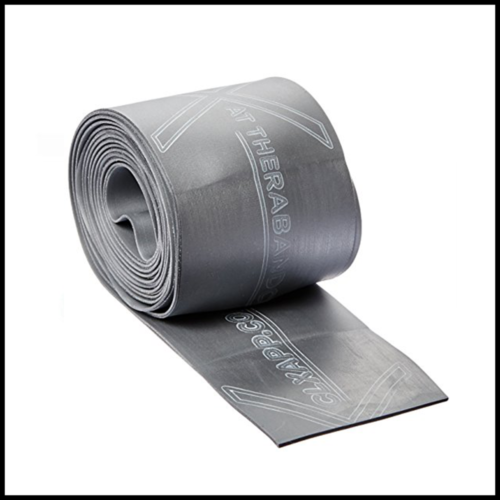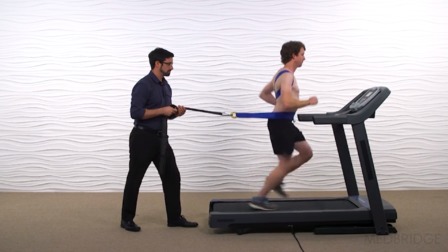Course Description
This course teaches you how to use the movement system to assess, diagnose and treat athlete lower half movement dysfunction. The course is delivered in a hybrid model where you will log into a course portal to complete modules of content. The emphasis is placed on endurance, speed, power, and agility components of sport. You will watch lectures, complete knowledge checks, analyze movement videos, and learn about sport-specific interventions. After completing the modules, you will attend the in-person course. The course is lab based and highly interactive with an emphasis placed on the practical application of key principles from the modules. At the conclusion the course, you will have a greater understanding of how to integrate movement based assessments into sport-specific treatments.


